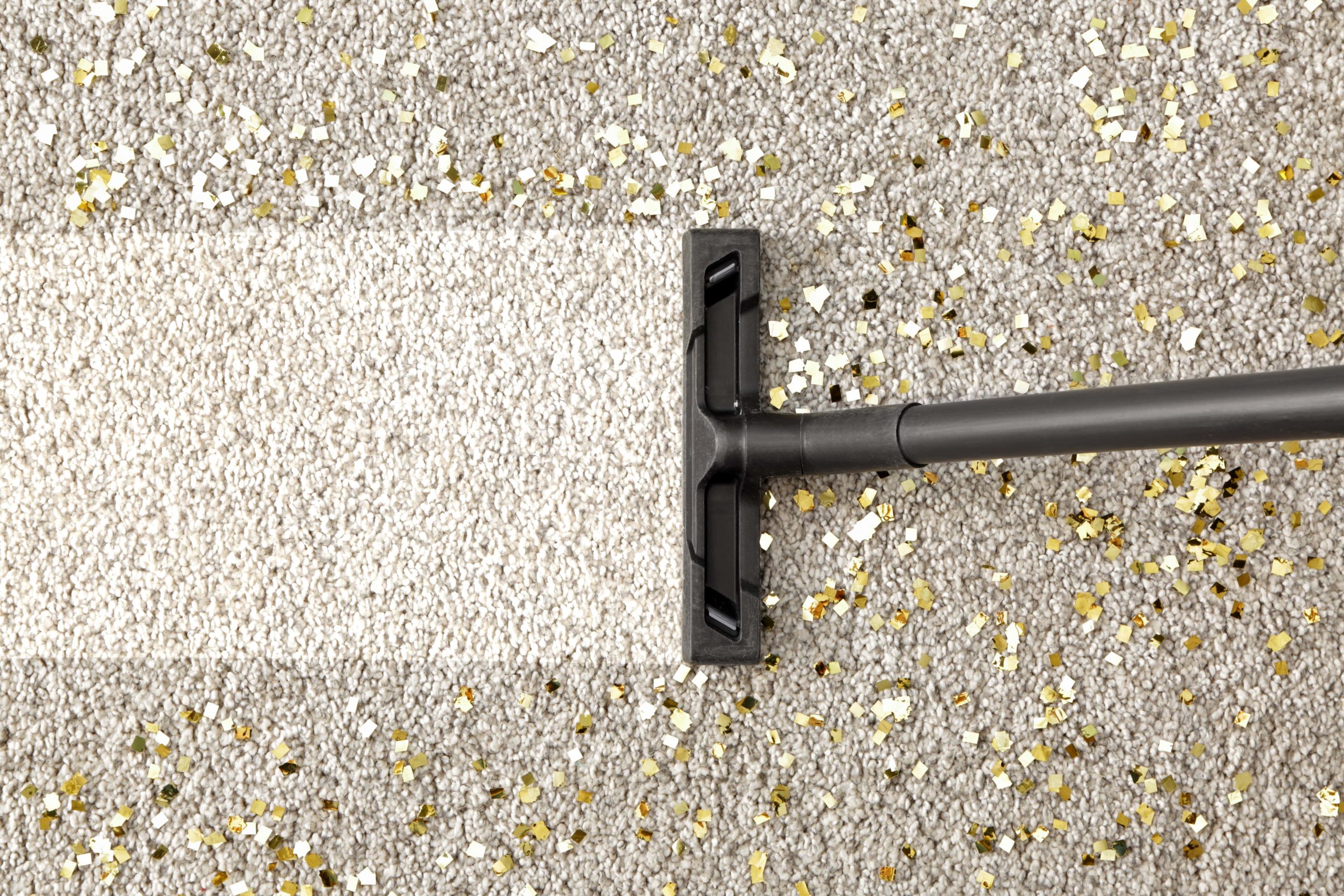
Registered designs exist to protect the physical appearance of products in order to secure the value associated with a consumer’s perception of the product. However, European design law contains an exclusion preventing protection of component parts of complex products (i.e., products assembled from multiple parts) where they are not visible during normal use. This exclusion is intended to prevent protection of items that are normally not seen by the end user.
Manufacturers of products with consumable parts are often keen to secure IP in the lucrative aftermarket for their products, and so frequently find themselves contending with the exclusion of protection for certain component parts. However, a recent decision by an EUIPO Board of Appeal which considered this exception as it applied to vacuum cleaner bags (Miele v. Green Label (R 299/2021-3)) looks to have opened the door for wider protection of consumable parts.
What is “Normal Use”?
The appellant, Miele, sought to overturn an earlier decision of the Invalidity Division that found Miele’s registered design for a vacuum cleaner bag invalid. The pivotal question in both the first instance and the appeal case was whether vacuum cleaner bags constitute a component part of a vacuum cleaner that is visible during “normal use” of the vacuum cleaner. The answer to this question determines whether the design falls within the exclusion to design protection under Art. 4(2) CDR, which is further qualified by Art. 4(3) CDR stipulating that “normal use” excludes “maintenance, servicing or repair work”. In effect, the key question to decide was therefore “does replacing the vacuum bag of a vacuum cleaner constitute maintenance, servicing or repair work?”.
The Invalidity Division concluded that replacement of a vacuum cleaner bag was a form of maintenance, leading them to conclude that the design was invalid. However, in overturning this decision, the Board of Appeal reached the opposite conclusion. Central to the appeal board’s reasoning was that vacuum bags constitute disposable consumables that are marketed and purchased independently from vacuum cleaners themselves. To one side, the board seemed to group component parts for which “maintenance” would inevitably be required due to the consumable nature of those component parts, giving some examples as light bulbs, batteries, or café capsules. This group was deemed eligible for design protection. On the other side, the board seemed to group component parts replaced only during maintenance or repair work arising from a breakage or wear and tear, giving examples such as car wheel rims or a thread lifter of a vacuum nozzle. This group was deemed to fall within the exclusion to design protection under Art. 4(2) CDR.
One interesting (but probably non-decisive) factor for the appeal board was the apparent explicit reference in the Locarno system, an international classification system for registered designs, to “vacuum cleaner bags”. The board declared it “nonsensical” that protection could be denied to any product listed specifically in the Locarno system.
We find it is surprising that the content of the Locarno system would influence the Board of Appeal, given that the Locarno system was designed for classifying designs rather than qualifying them. Indeed, as an international classification system, the Locarno system should be broad enough to accommodate the various industrial design laws it provides for. It could therefore be expected that not all products named explicitly in the system would correspond to eligible subject matter in every jurisdiction.
Curiously, the specific tag for vacuum cleaners bags mentioned in the decision (“Staubsaugerbeutel”) can be found in the German language version of the Locarno system (German being the original language of the proceedings) provided by the German Patent and Trademark Office, but does not seem to be in the English version. It is unlikely this translational quirk has any real bearing on the decision, but it does underline the board’s possibly questionable reasoning on this point.
Expanded Protection for Consumable Parts
However it was arrived at, this Board of Appeal decision supports the case for registering disposable or consumable parts of complex products in Europe, even if they cannot be seen during “normal use” except while being replenished. In particular, the explicit reference in the decision to “light bulbs, batteries, film reels or café capsules” strongly encourages the registration of these products.
The decision also could support the standalone registration in Europe of any similar consumable component products mentioned in (at least one version of) the Locarno classification system. For example, “projector lamps” (Class 26-05), “Liquid gas cartridges for cigarette lighters” (Class 09-01), “disposable drip coffee bags” (Class 09-05), or “solar cells” (Class 13-04) are all mentioned products for which valid protection may have been harder to obtain prior to Miele v. Green Label.
More widely, businesses involved with any kind of consumable product would do well to consider making use of the Board of Appeal’s more expansive take on this area of design law. Consumable parts can represent a vital and steady revenue stream. Over time, for some products the revenue from the consumable can match or overtake the revenue from the product itself. Those consumables should therefore be protected just as vigorously as the corresponding main product, as far as possible, to avoid losing revenue to copy-cat consumables.
Where consumables include technical innovation, applicants should also look to the patent system for the chance of obtaining a broader scope of protection irrespective of visual appearance. Where patent protection is not possible, or as a complementary asset, a strong design portfolio can support applicants by encouraging competitors to design less appealing compatible alternatives. Such alternatives could be less effective at catching the eye of the consumer and hence at siphoning revenue away from the products they seek to replicate.
If you would like further information on how to protect your innovation or have any questions in relation to this article, please find my contact details on my website profile here or contact us at gje@gje.com.


